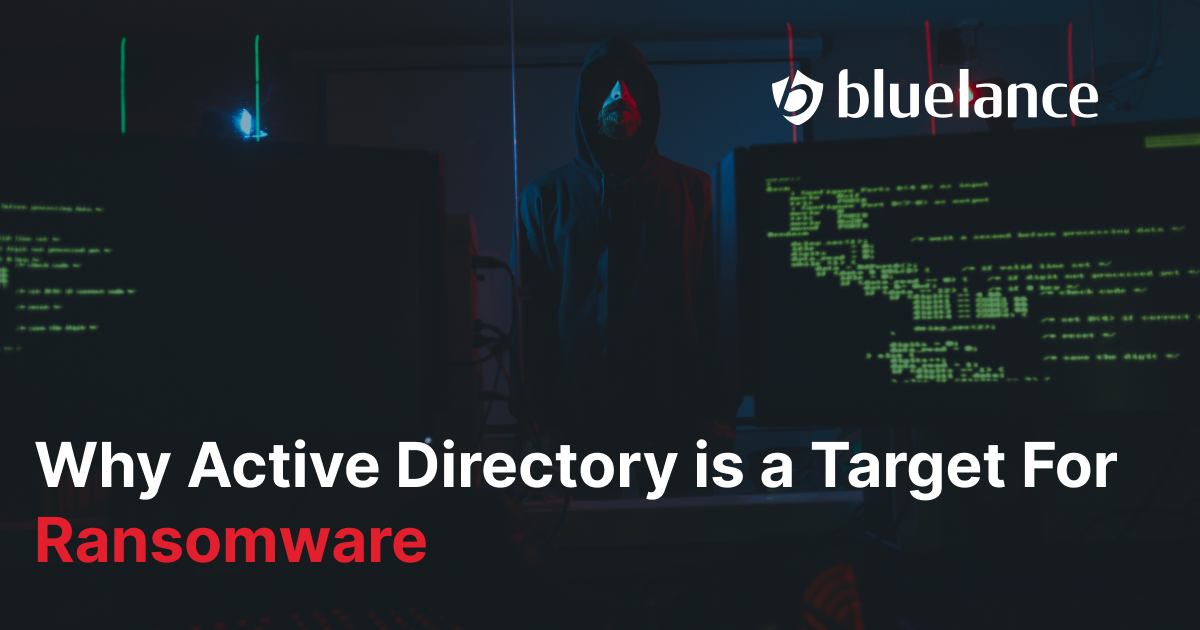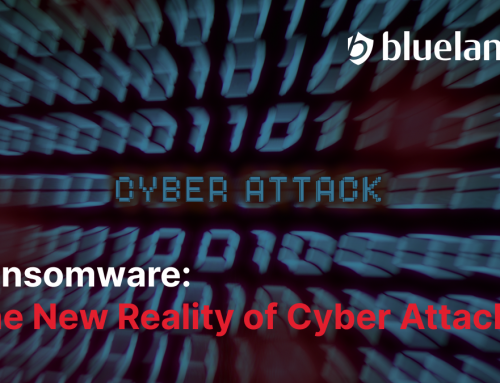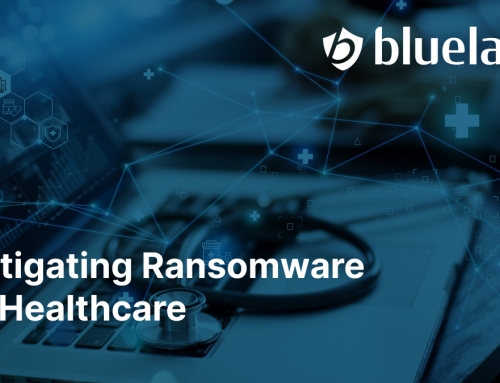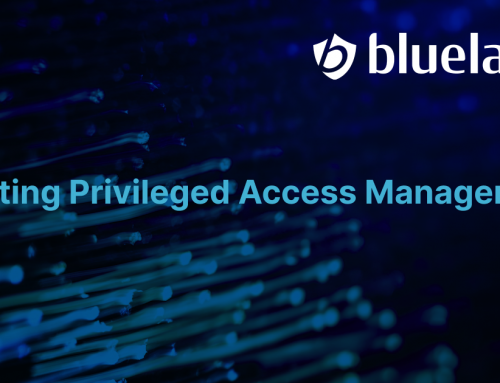Ransomware is the most dangerous and prevalent form of malware, and its use has rapidly increased. Its targets range from individuals to businesses, and even government agencies. The FBI, CISA, and NSA have reported that in 2021 ransomware incidents were observed in 14 out of 16 critical infrastructure sectors in the United States. No organization can be assured of being spared from potential cyber-attacks.
Why is Active Directory a target for ransomware?
Active Directory (AD) is a network control structure that is used by many organizations to manage and control access to their IT resources. It provides a central location for managing user accounts, computer accounts, and other resources such as printers and shared folders. AD has become a popular target for ransomware attacks. In this blog post, we will explore the reasons why Active Directory is a target for ransomware.
-
Active Directory a Centralized Management System Targeted by Ransomware
Active Directory is a centralized management structure that controls access to all the resources within an organization’s network. This makes it an attractive target for ransomware attackers since compromising the Active Directory system gives them access to all the resources and information stored within the network.
-
Ransomware Targets Active Directory for Sensitive Information
Attackers see Active Directory as a high-value target because it contains sensitive information about an organization’s users, computers, and resources. By encrypting or deleting the organization’s information, attackers can cause significant damage to an organization’s operations, and demand a high ransom payment to restore the data.
-
Ransomware Exploits Lack of Segmentation in Active Directory Network
Active Directory is used to manage access to an organization’s entire network, including different departments and locations. This means that if a ransomware attack successfully compromises the Active Directory system, it can potentially spread across the entire network without regard to segmentation of the organization’s data.
-
Ransomware Exploits Weak Passwords in Active Directory
Weak passwords are one of the most common ways that attackers gain access to an Active Directory system. If an attacker is able to compromise a single user account with weak password credentials, they can potentially gain access to the entire Active Directory structure.
-
Security Best Practices Safeguard Active Directory from Ransomware
Many organizations do not follow security best practices when it comes to securing their Active Directory systems. For example, they may not regularly patch their systems or use multi-factor authentication to secure user accounts. This makes it easier for attackers to exploit vulnerabilities and gain access to the network.
-
Effective backup systems greatly reduce ransomware’s dangerous impact
Without regular backups, organizations may be forced to pay the ransom demanded by attackers to recover their data. If an organization does not have a solid backup strategy in place, they may be unable to restore their data and operations, even after paying the ransom.
Conclusion
In conclusion, Active Directory is a popular target for ransomware attacks because it is a centralized management system that controls access to all the resources within an organization’s network. Also, weaknesses in security best practices, segmentation, and backups make it easier for attackers to compromise the system and demand a high ransom payment. To protect against ransomware attacks, organizations must implement best practices such as strong password policies, regular patching, and robust backup strategies. Our IT Security and Audit Compliance Automation Software, LT Auditor+ is designed to operate at the nexus of every ransomware attack. LT Auditor+ enforces cyber hygiene necessary to reduce the attack surface area and in-network dwell time through its auditing, monitoring and alerting functionality within your organization.
Call us today for further information about how LT Auditor+ will dramatically improve your cybersecurity posture. We can arrange a free trial if that meets your needs. Call our customer contact team at 800-856-2583








Leave A Comment